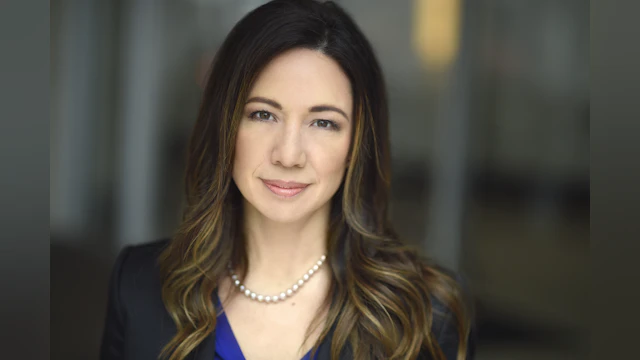Sept. 7, 2018 - Sometimes, the words we use when we talk about suicide prevention can be confusing. For instance, the hashtag #StopSuicide, and the concept it represents, can sound jarring, especially to some suicide loss survivors.
To some, #StopSuicide, and the statement “suicide can be prevented,” may seem to indicate that every individual instance of suicide is preventable. For someone who has lost a loved one to suicide, this might tap into a feeling that they could have prevented it, and should feel guilty for not having done so. This is not the case.
We know that it is, unfortunately, not possible to prevent every individual, tragic loss of life to suicide. No suicide loss survivor should ever feel responsible for their loved one’s death.
Among all health related causes of death, and even in the strongest scientific fields, there is no such thing as perfect prevention. For instance, just because we know common risk factors for heart disease, it doesn’t mean we can prevent all heart disease related deaths.
Rather, the idea is that we are all learning together, realizing that national prevention efforts have worked to reduce mortality rates from other causes, and can work for suicide as well. There are actions we can take that do work to dramatically cut down the overall risk of suicide.
We are forward thinking when we say #StopSuicide. There are educational programs, for instance, that when introduced in grade school, help young people gain better control over their own emotional regulation and behavior, and lead to kids developing remarkable outcomes 10-15 years later, including lower rates of suicidal ideation and behavior. Similarly, we know through studies that people who are at higher risk for suicide, who receive effective targeted mental health treatment, have lower rates of suicide attempts.
Strategies such as these, along with limiting access to methods people might use to harm themselves during a vulnerable moment, are just a few of the approaches that have been proven to save lives.
Suicide is a complicated act, usually the result of anguish and suffering driven by a mental health condition and other factors. Many who die by suicide have family and friends who loved them and have tried valiantly to support them. When a loved one dies from heart disease, cancer or other illnesses, people may have less instinct to blame themselves. Suicide is actually more similar than different to other leading causes of death.
So how can we #StopSuicide, in the general sense? The answer lies in taking the same kind of approach that is used to combat other leading causes of death, such as heart disease or AIDS. Reducing death and disease for a large population of people is entirely possible when several strategic steps happen. First, a significant investment must be made to conduct the necessary research. We must understand why suicide occurs and what can be done to reduce its occurrence or severity.
The second thing we must do is to translate research into evidence-based education for the general public. For example: most of us now think of exercising, having a healthy diet, and not smoking as obvious steps we can take to lower our risk of heart disease. But this is only because research first demonstrated these activities’ effect on cardiovascular health. Not that long ago, people didn’t know smoking contributes to stroke and heart risk; many people actually thought smoking might be beneficial because the action of inhaling the smoke caused them to expand their lungs! Research is necessary for understanding.
Thirdly, we must encourage a change in our culture that creates more safe, supportive experiences for people. We must train front-line citizens such as teachers, law enforcement, first responders, workplace supervisors/HR, and healthcare professionals in suicide prevention and intervention, so they know how to spot the warning signs for suicide, and connect people in distress with the help they need. We need to address access to lethal means, especially during periods of risk, since the vast majority of people who live through a suicidal moment or attempt go on to cope and engage with life over many years.
Lastly, targeted clinical and community interventions must be developed, studied, and made available nationally. Treatments like Cognitive Behavioral Therapy (CBT), Dialectical Behavior Therapy (DBT), and Collaborative Assessment and Management of Suicidality (CAMS) have been shown to reduce an individual's risk of repeat suicide attempts. More effective treatments like these, as well as school and community-based prevention programs, need to be developed and made available to people.
In all of these ways, prevention is possible on a large-scale population basis.
This is what we mean when we use the hashtag #StopSuicide.
This is what we mean when we say, “Suicide can be prevented.”
By working together, gaining increased understanding, and encouraging the widespread application of proven strategies, we can save lives.
